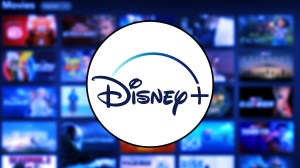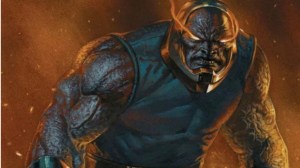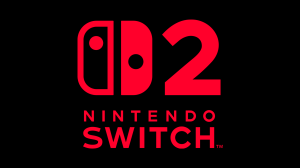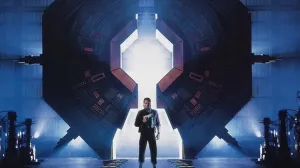The Batman took a long, winding road through its production – including a pass through the dark shadow of the COVID-19 pandemic. It bears mention, as the resulting film now arriving in theaters feels very much like a product of the world it was produced in: a stunningly fresh vision of the Batman character, world, and lore that ultimately got muddled and lost along the way, but still manages to pull together enough, by the end, to offer fans a doorway to a more promising franchise future.
Videos by ComicBook.com
In Reeves’ vision of Batman, Bruce Wayne (Robert Pattinson) is still green as a crimefighter and trying to fully define what it means to be “The Batman” of Gotham City. Bruce’s resolve gets tested with the emergence of a sadistic serial killer called The Riddler (Paul Dano), who seemingly wants to unravel the web of political corruption that is the main vein of Gotham – basically by murdering anyone who is a part of it. When powerful figures start dropping, Gotham (and Batman) start to also come apart at the seams. Enter a mysterious cat burglar with her own agenda (Zoë Kravitz), and Batman quickly finds himself in a case that will challenge both halves of his dark persona.
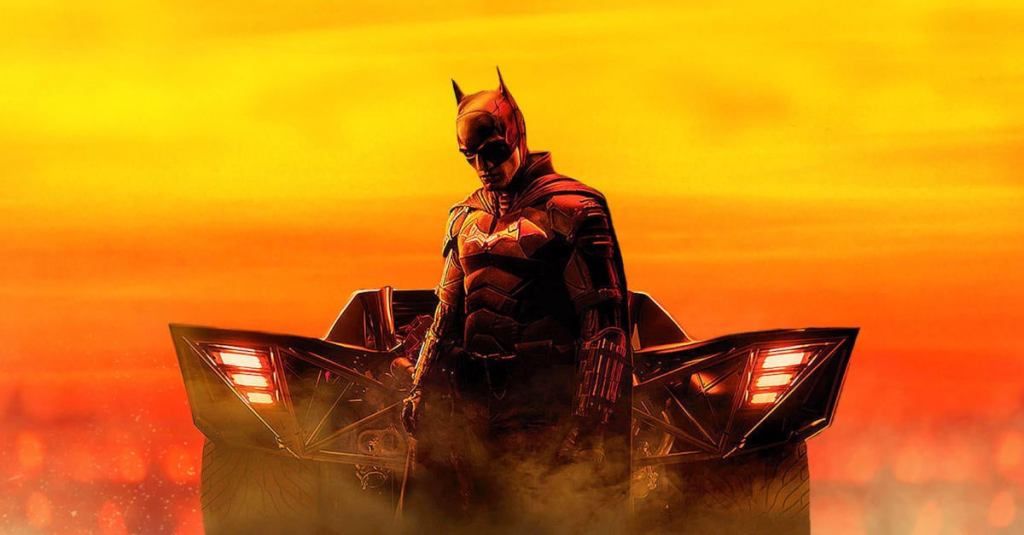
Right off the bat (no pun), it must be said: The Batman is the most visually-stunning Batman movie, ever. Matt Reeves and his cinematographer, Oscar-nominee Greig Fraser (Dune), have captured the iconography of Batman, his supporting cast, and Gotham City better than any filmmakers before them. What was visually sold in trailers proves true across the course of the film: every scene is wonderfully constructed and composed, both visually and sonically, thanks to the haunting score by Oscar-winning composer Michael Giacchino.
Reeves and Fraser achieve a synthesis of previous Batman movie styles in their version of Gotham City: the Goth stylings of Tim Burton; Nolan’s “grounded” reference point of real-world cities; and Zack Snyder’s edgy, borderline-nightmarish version of Gotham. It’s an eclectic mix that (mostly) works as the sum of its parts – at the very least, Reeves opens the door on what already feels like a much bigger Gotham City (and beyond) playground to come.
It must also be said that Robert Pattinson is, without any doubt, the best actor to wear the Batman suit on-screen and look fully confident and strong in doing so. Pattinson’s Batman has more in-costume screen time than any Batman before him, but this ultimately proves to be a double-edged sword. Yes, Pattinson is the best Batman we’ve seen on-screen – but he’s also the most solemn and boring version of Bruce Wayne we’ve gotten so far.
To be fair, Pattinson doesn’t fail in his job to portray Bruce Wayne – it’s more that the story of The Batman falls into an inherent trap of the character. Matt Reeves and his script co-writer Peter Craig (The Town) chose to examine Bruce Wayne early into his Batman career, and frame the character as a man consumed by his mission; in other words, Pattinson’s Bruce is a full-time Batman, even when he’s not wearing the cape and cowl. Never has a Batman movie attempted to go without the interplay between Bruce’s public persona and his “true” identity as Batman – and never should one do so again, as the character clearly needs both halves to truly be dynamic and interesting. The Batman ironically ends up making us feel estranged from its own titular subject.
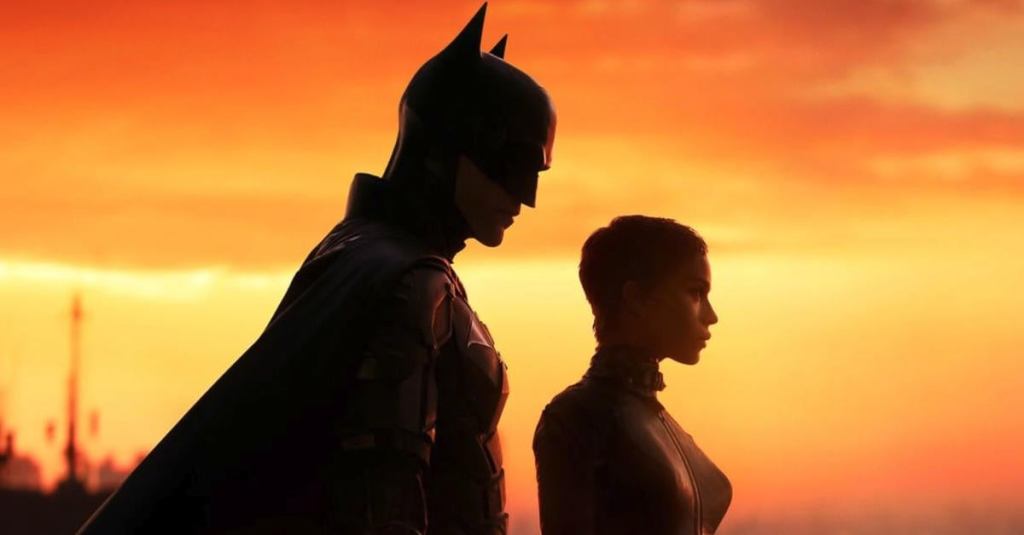
The other characters of the film do just fine establishing themselves as dynamic and (gasp!) even fun additions. Zoë Kravitz manages to be both her own version of Selina Kyle (with a much deeper backstory) while still nailing the femme fatale appeal iconic to Catwoman. Colin Farrell is a scene-stealer as Oswald “Oz” Cobblepot, totally justifying Warner Bros.’ decision to give him an entire Penguin spin-off series on HBO Max. Jeffrey Wright, Andy Serkis, and John Turturro each bring the quiet gravitas of top-tier character actors, bolstering the key supporting roles of Jim Gordon, Alfred, and crime boss Carmine Falcone, respectively. As stated, Reeves establishes the precedent for a much larger Gotham City universe (one inhabited by top performers) to be explored later – but this first chapter ultimately feels like a limited tour of Gotham, with much of the latter half of the film circling the same set-piece location. How much those tighter constraints are due to COVID is anyone’s guess, but the effect is definitely noticeable as the film’s lengthy run time begins to feel somewhat circular.
Paul Dano’s Riddler ultimately hits a lot of the same problem notes as Pattinson’s Batman: he’s compelling and freaky when in the mask, but his persona outside the mask is so closed off and distant that it’s hard to feel any overall connection to the villain. The script also never really finds a way to distinguish this particular Batman foe’s signature traits; the “riddles” in the story are more like mild brain teasers, and the themes of the larger detective story could have easily (and better?) been embodied by Joker’s nihilistic anarchy, or Two-Face’s dark/light duality. In a movie franchise where villains have provided much of the forward momentum of each film, The Batman falls short in that regard.
As a reboot, The Batman is a very good re-introduction of the Batman movie franchise, but one that feels like a victim of circumstance. It seems like there was originally a clear deeper thematic point in mind – until the entire world took a chaotic downward spiral. The most we now get from The Batman is a final message of, “Hey, things are really messed up, but, uh, let’s try to help one another, okay?” Given current circumstances around the world (at the time of writing this), maybe that’s the only message a superhero movie can manage right now.
Rating: 4 out of 5
The Batman will be in theaters on March 4th.


